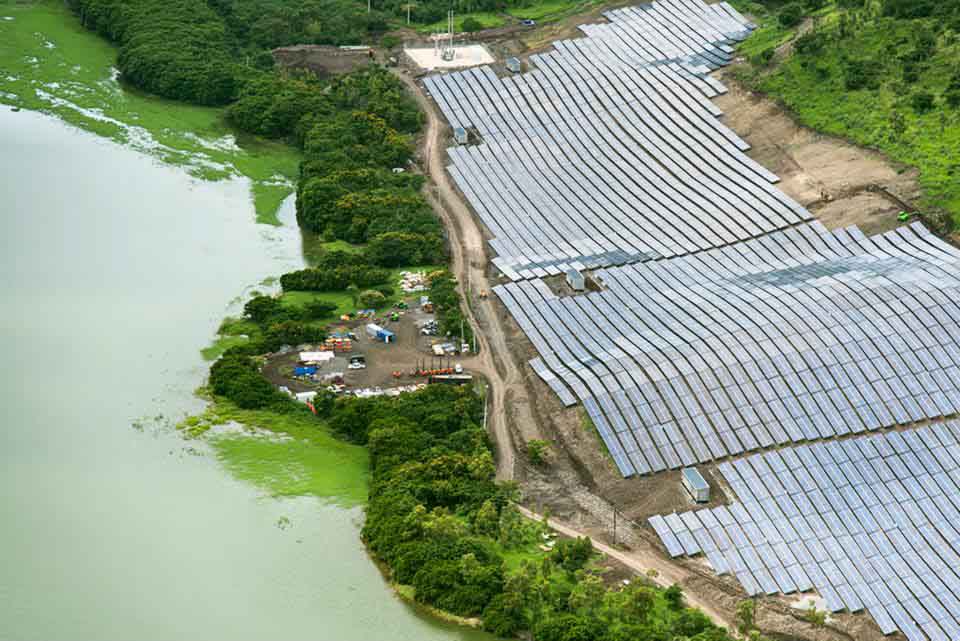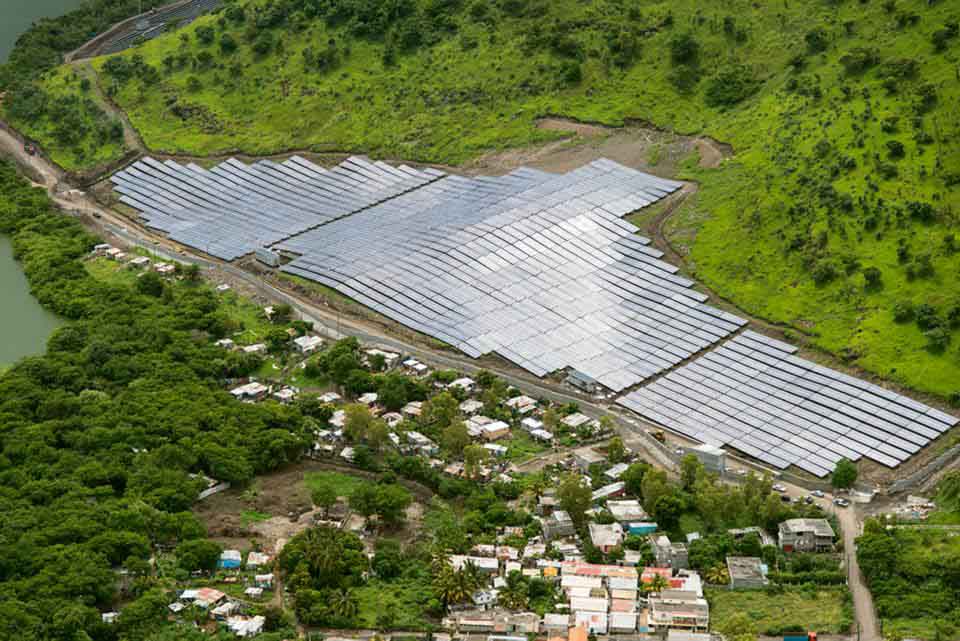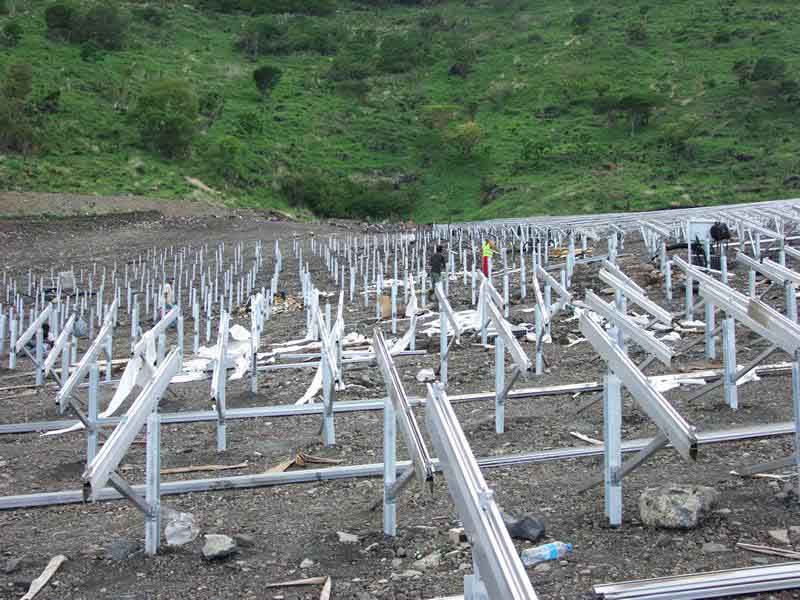New hope for a vulnerable island
By facilitating the construction and operation of Mauritius‘ first large scale solar power plant, this project saves carbon emissions and improves the local population‘s supply with renewable energy. More than 80 percent of the island‘s electricity is generated from imported coal and heavy fuel oil, which causes massive carbon emissions. Mauritius‘ energy consumption is rapidly increasing and the usual way of meeting the demand would be to add capacities of fossil fuel-fired plants. Thanks to carbon finance, a local enterprise was able to build a 15 MW solar power plant. The plant produces an average of 22,648 MWh per year, which is fed into the national grid. This supplies 35,000 local residents with renewable energy and accounts for 2% of Mauritius‘ electricity production.
As a small island state, Mauritius is highly vulnerable to the effects of climate change, like heavy storms, floods or droughts, which are challenging its socio-economic development. By reducing the amount of emissions from fossil fuel-based electricity generation and promoting renewable energies in the region, the project contributes to climate change mitigation.
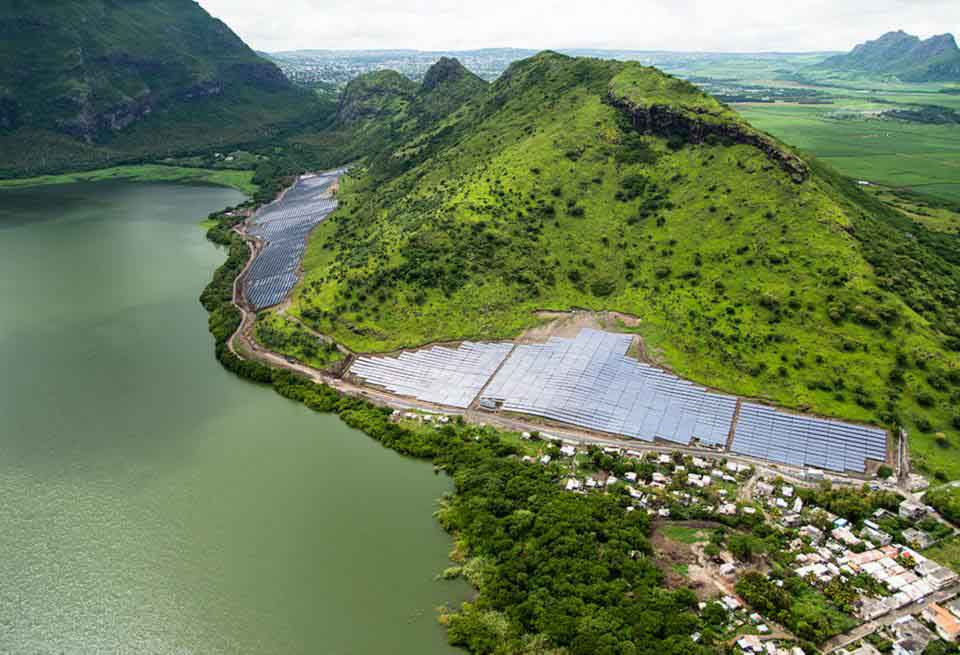
Although the development of renewable energy sources is increasing, energy from fossil fuels is still a significant part of energy production worldwide. This is associated with the release of large amounts of carbon emissions. The use of solar energy is a good way to provide people around the world with renewable energy and reduce greenhouse gas emissions. Solar installations, implemented through solar projects, convert sunlight into electricity (photovoltaic) or heat (solar thermal). Even when the sky is cloudy, the solar thermal power plants generate heat and convert it into electricity. Photovoltaic projects use the photoelectric effect to convert sunlight into electricity.
The energy produced is typically fed into the national or regional power grid, reducing the share of fossil fuels in the electricity mix. In addition to reducing carbon emissions, solar projects also prevent the release of various pollutants associated with conventional power generation. Solar energy projects in the ClimatePartner portfolio are registered with international standards.
Explore our projects
Biochar for Climate Action, Healthy Soils, and Better Harvests

A certified climate project combined with additional commitment

Expansion of renewable energy generation in Asia
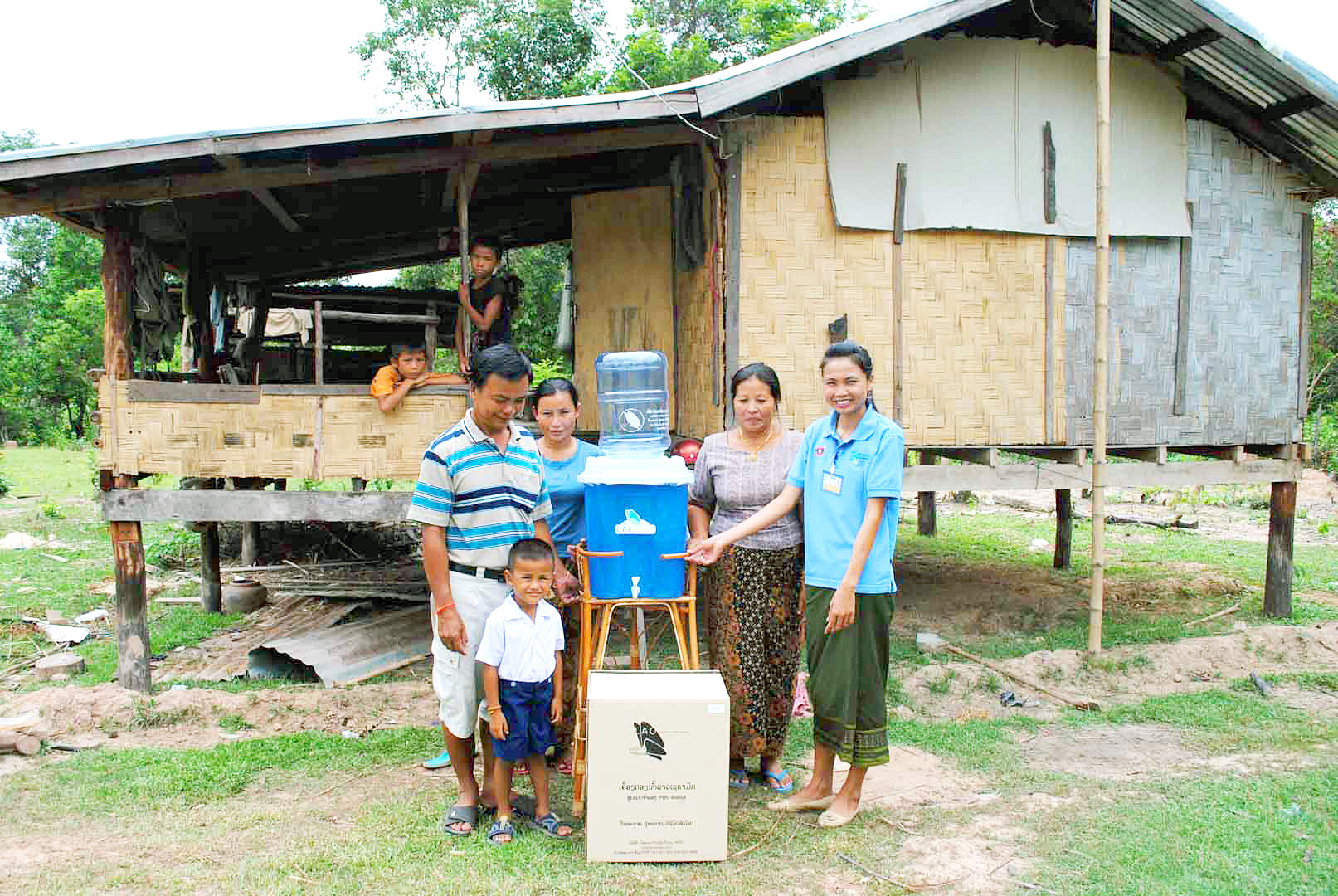
Ceramic water filters save CO2 and improve health
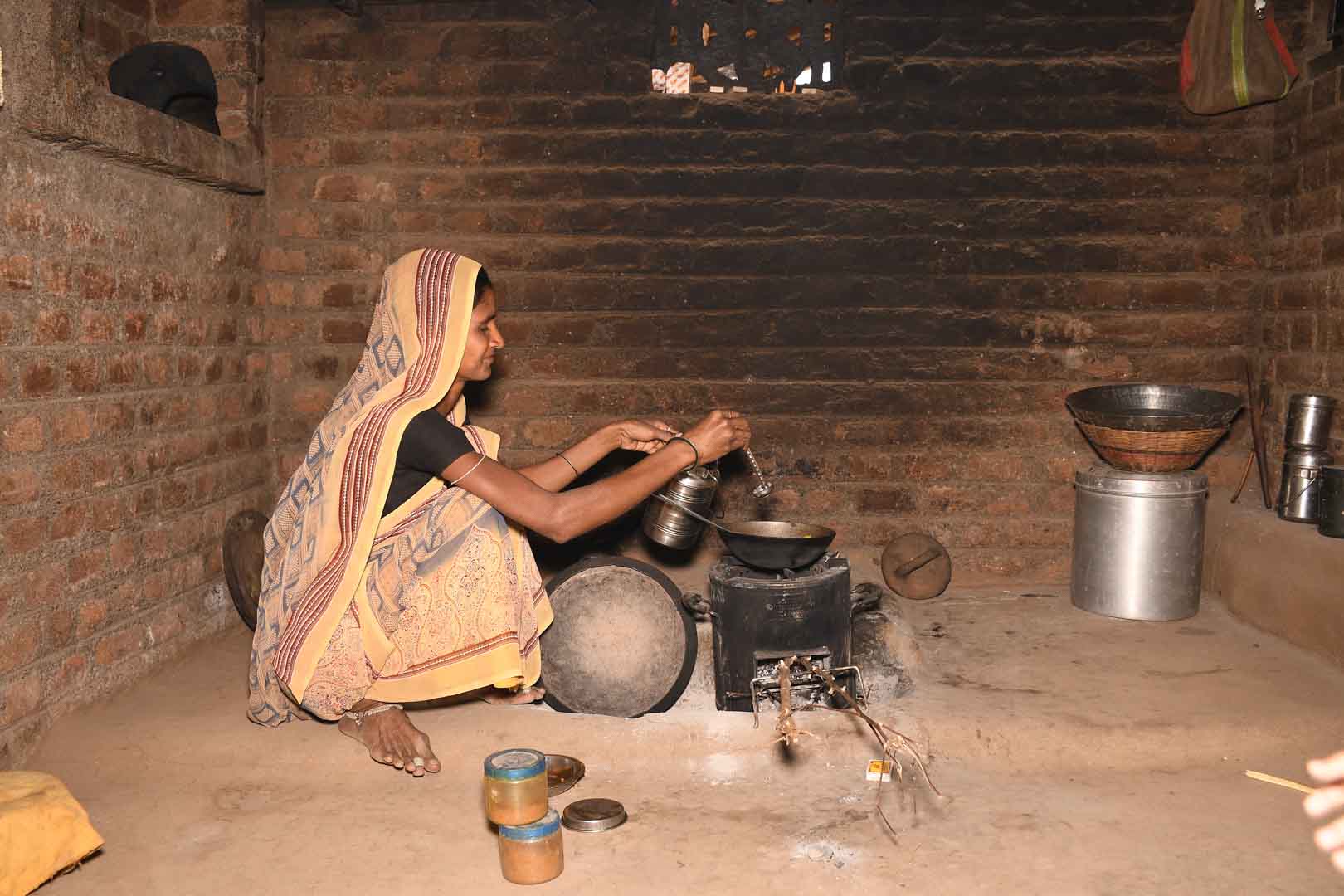
Improved cookstoves worldwide – for better health and cleaner air

A certified climate project combined with additional commitment
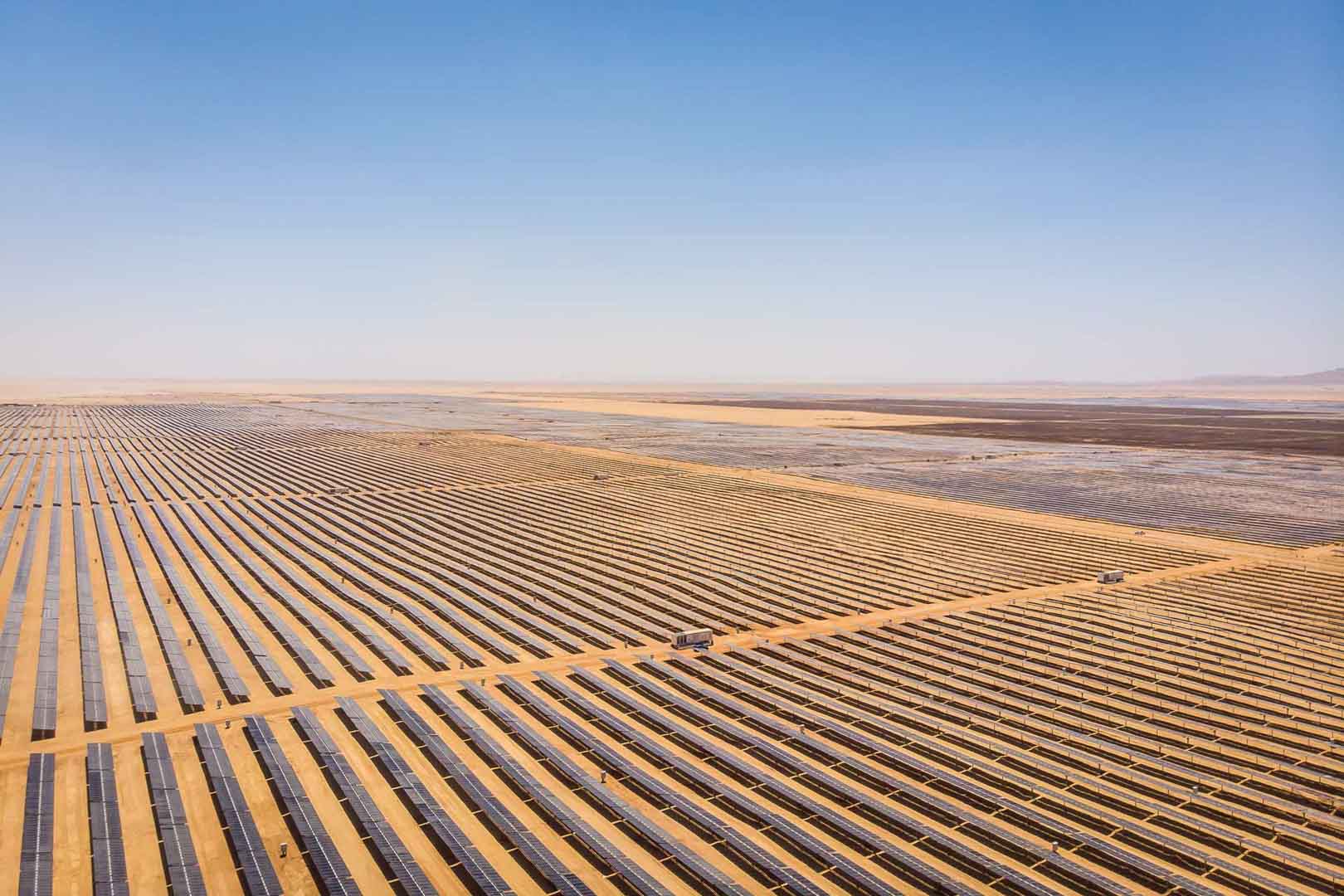
Powering access to renewable energy in Africa
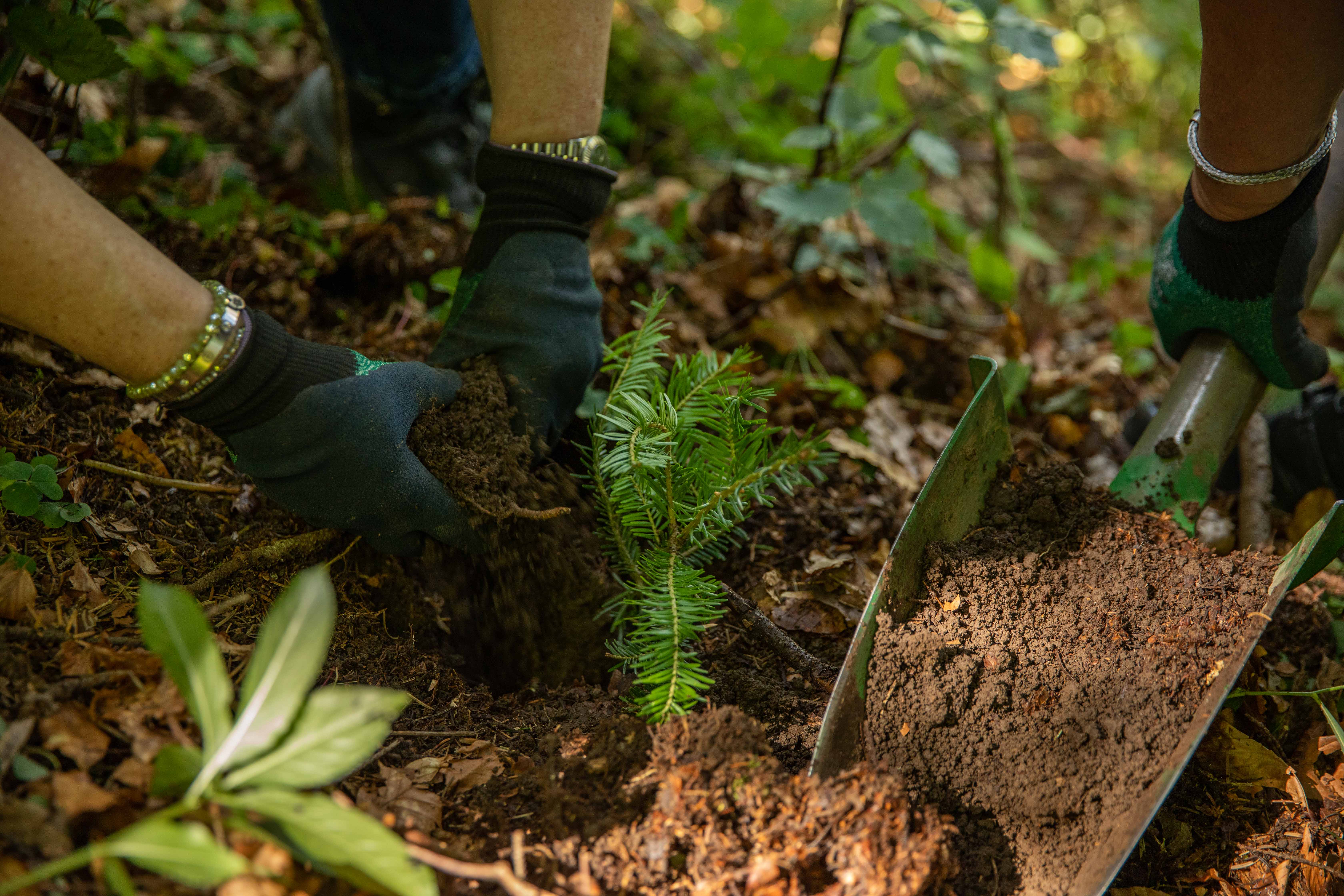
A certified climate project combined with additional commitment
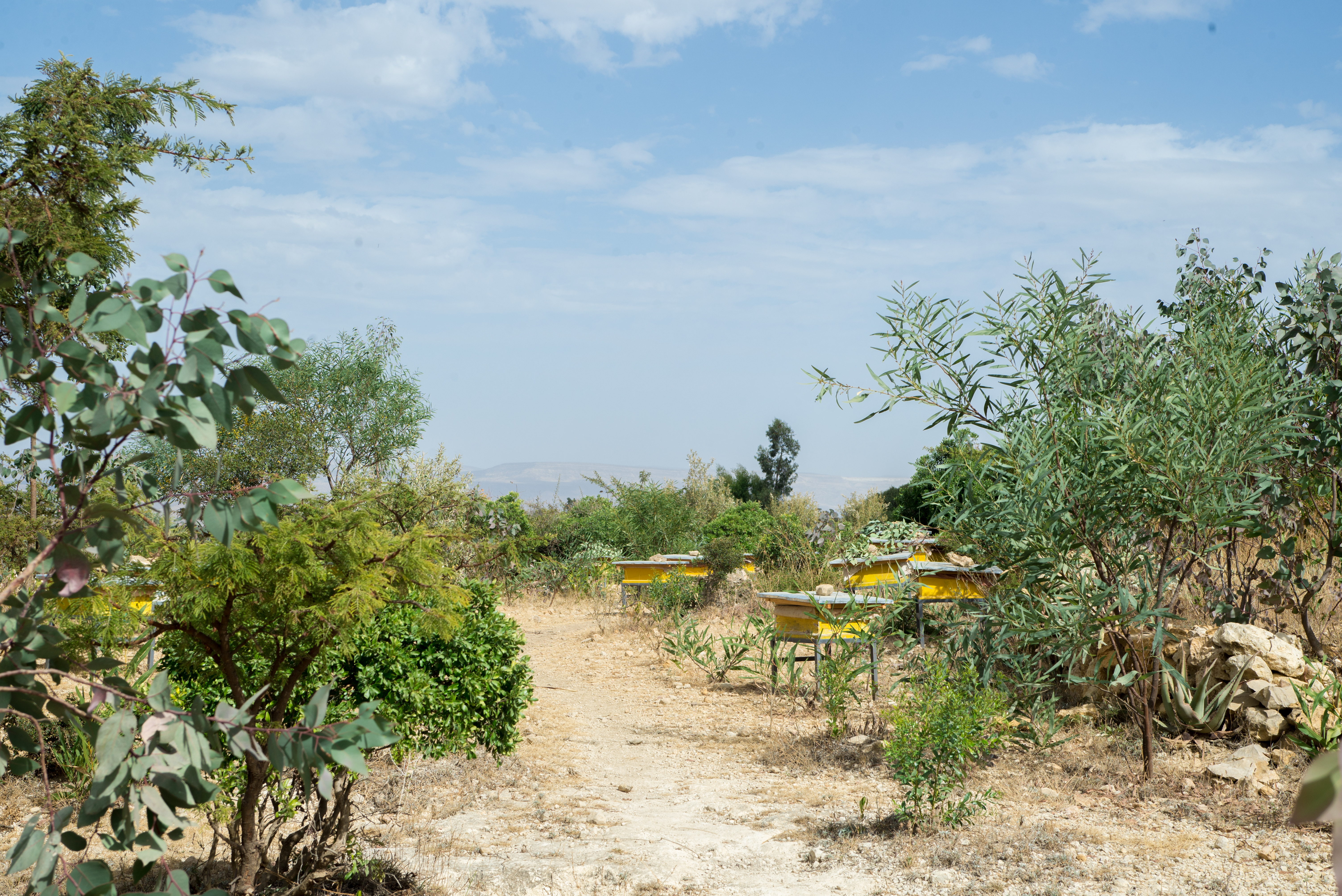
Restored ecosystems remove carbon
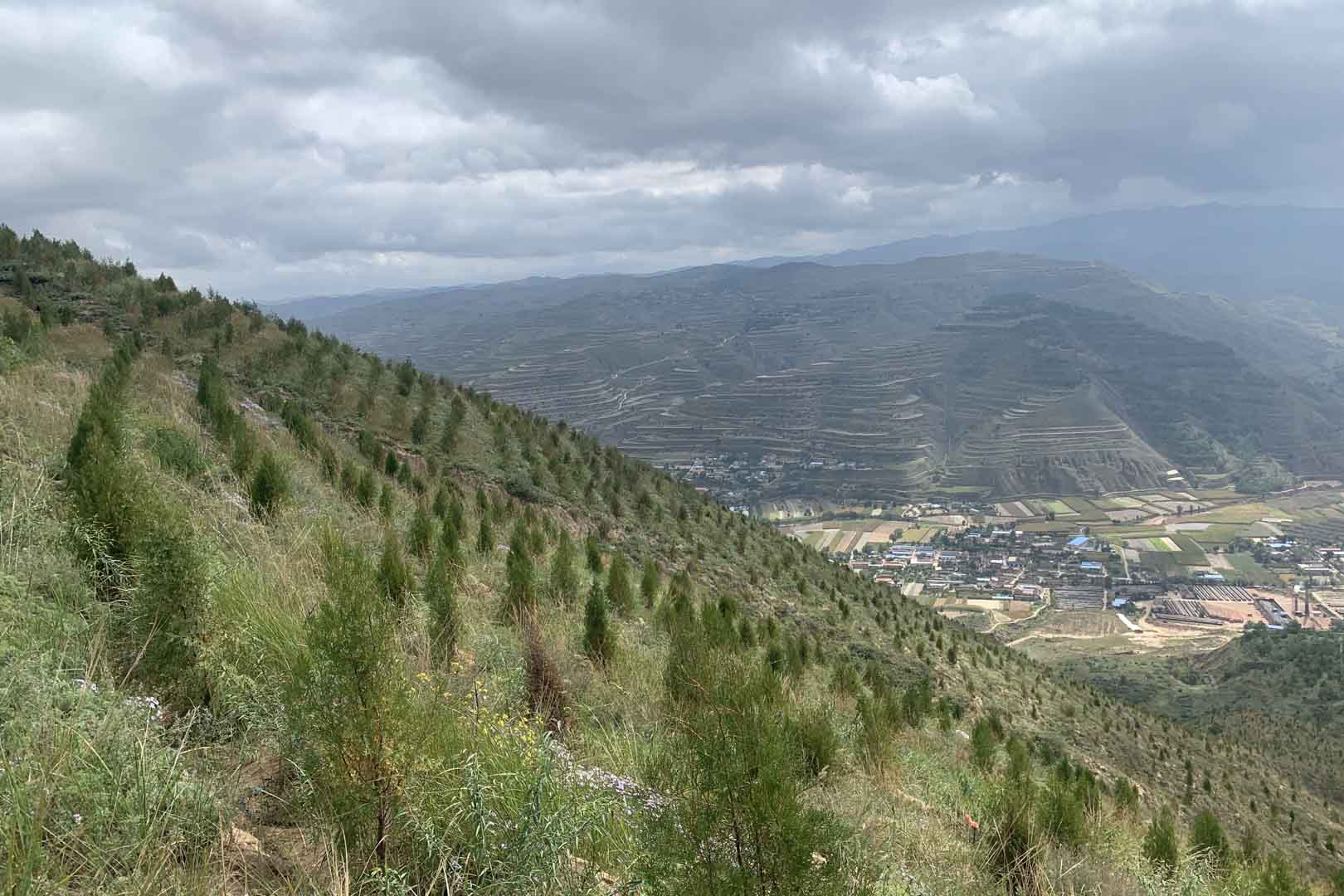
Turning degraded farmlands into healthy ecosystems
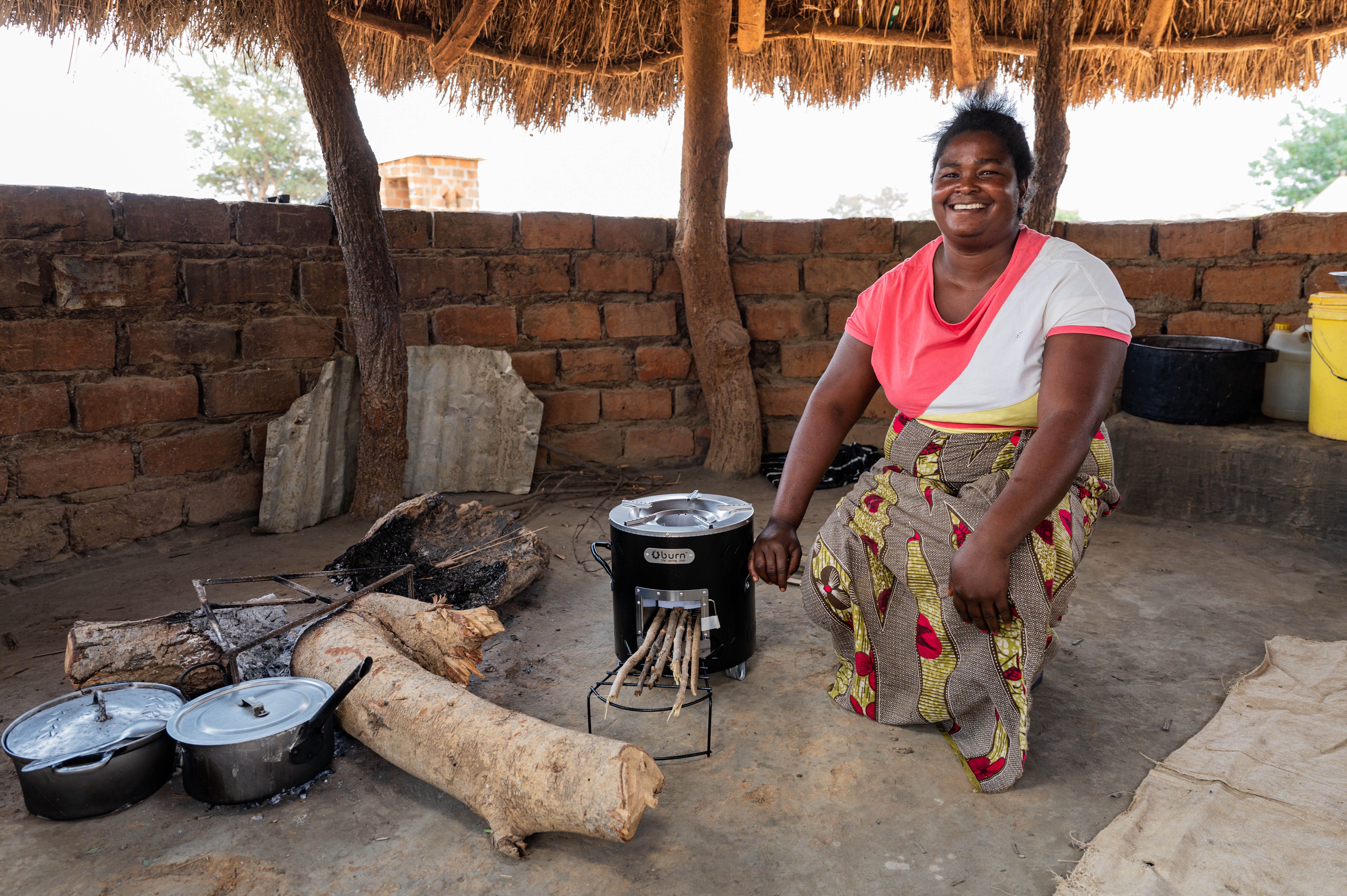
Improved cookstoves - better for health and the environment
